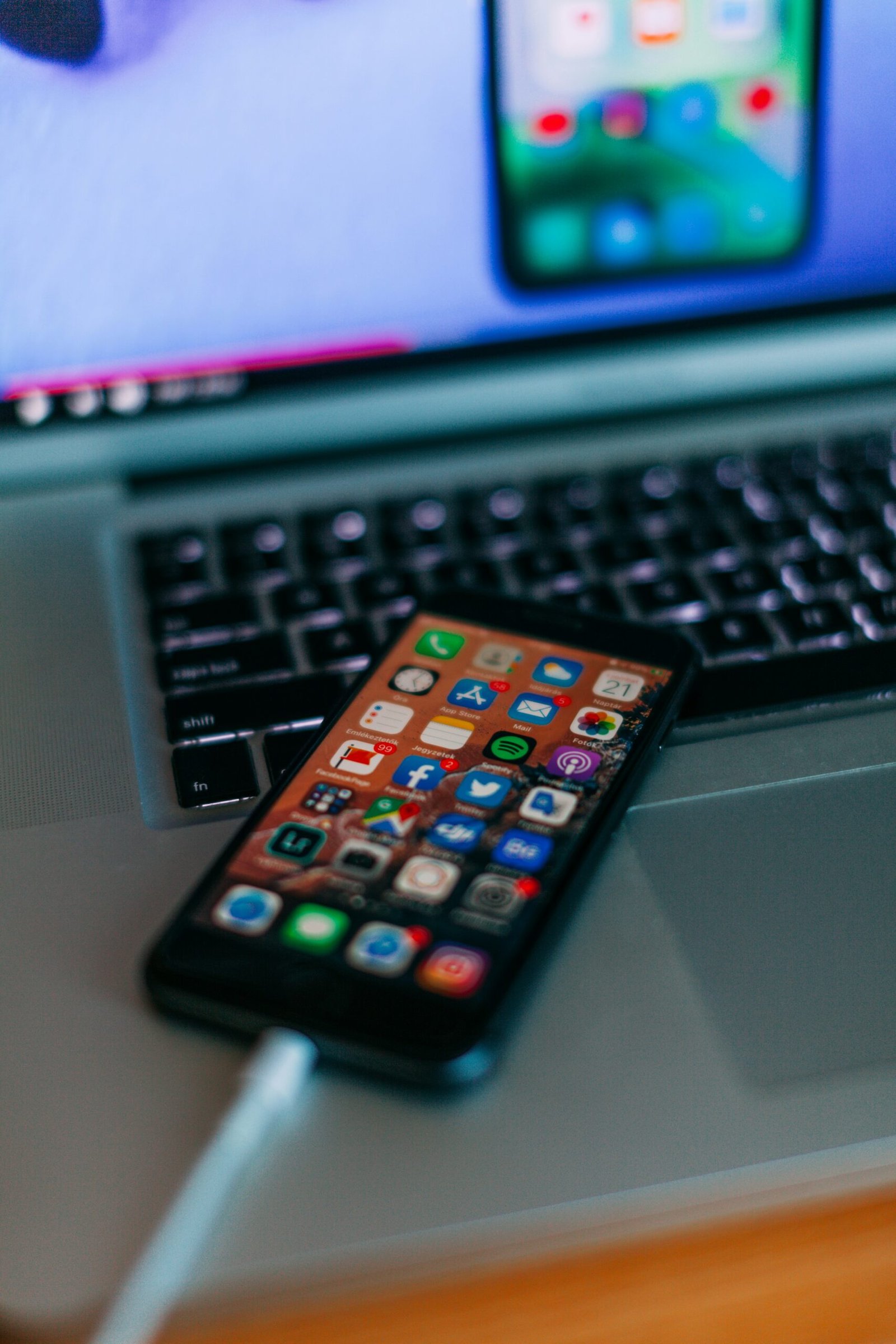

Understanding IoT: An Overview
The Internet of Things (IoT) is a rapidly evolving domain that refers to the interconnection of everyday objects to the internet, enabling them to send and receive data. This concept extends beyond traditional computing devices, encompassing a wide array of smart gadgets, vehicles, appliances, and even infrastructure. By embedding sensors and software into these devices, they can communicate with one another and utilize cloud computing resources to process and analyze the data collected. The result is a seamless integration of technology into various aspects of daily life, transforming the way we interact with our environment.
One of the most significant advantages of IoT is its capacity for data collection. The connected devices generate vast amounts of information that can be analyzed to improve decision-making, optimize operations, and enhance user experiences. Businesses, for instance, can utilize real-time data from IoT systems to monitor asset performance, streamline supply chains, and identify potential maintenance issues before they escalate. In personal settings, smart home devices provide convenience and efficiency by allowing homeowners to control lighting, temperature, and security systems remotely, often achieving energy savings and increased comfort.
Automation is another key feature of IoT, enabling devices to perform tasks without human intervention. The ability to automate routine functions has significant implications for industries such as manufacturing, where machines can be programmed to operate more efficiently, thereby increasing production rates and minimizing errors. Additionally, the integration of IoT technology in healthcare is revolutionizing patient monitoring and management, leading to improved outcomes through timely interventions.
In summary, the Internet of Things represents a fundamental shift in the way we connect and interact with our devices. By harnessing the power of connectivity, IoT is poised to enhance functionality and efficiency across various sectors, ultimately creating smarter environments that optimize resources and provide unprecedented levels of convenience to users.
Smart Home Devices: Revolutionizing Our Living Spaces
The advent of smart home devices has significantly transformed the way we interact with our living spaces. These innovative products, such as smart thermostats, security systems, and smart appliances, are designed to improve convenience, energy efficiency, and overall security within the home. By facilitating communication through internet connectivity, these devices create an interconnected ecosystem that enhances the user experience.
Smart thermostats, for example, utilize sensors and algorithms to track usage patterns and adjust heating and cooling systems accordingly. This not only helps homeowners save on energy bills but also reduces their carbon footprint. A notable example is the Nest Learning Thermostat, which learns from user habits and can be controlled remotely via a smartphone application. Such devices exemplify how technology can make daily life simpler and more efficient for users.
Another category of smart home devices, security systems, has also evolved significantly. With the integration of cameras, motion sensors, and smart locks, homeowners can monitor their properties in real time from anywhere. Systems like Ring provide video feeds and alerts directly to a smartphone, allowing individuals to remotely manage their home security. This capability enhances safety by offering users combination of convenience and peace of mind.
Smart appliances are also gaining popularity, making mundane tasks easier. Devices such as smart refrigerators and washing machines communicate over the internet, providing users with features like remote operation and energy monitoring. For instance, smart refrigerators can send alerts when groceries are running low or allow users to create shopping lists directly from the appliance.
In summary, smart home devices are not only changing how we manage our daily tasks, but they are also promoting sustainable living by enhancing energy efficiency and security. As the Internet of Things continues to grow, the potential of smart home technology in improving quality of life becomes increasingly evident.
Wearable Technology: The Personal IoT Revolution
Wearable technology has emerged as a critical component of the Internet of Things (IoT), facilitating a seamless connection between individuals and an array of smart devices. These devices, such as fitness trackers, smartwatches, and health monitors, not only enhance personal convenience but also transform the landscape of data collection and health management. They function as constant companions, collecting data on user activity, heart rate, sleep patterns, and other vital health metrics.
One of the key functionalities of wearable technology is its ability to provide real-time feedback. For example, fitness trackers encourage users to remain active by alerting them when they have been sedentary for too long, while smartwatches enable users to monitor their heart rates during workouts, thus allowing for optimized performance. This real-time monitoring fosters a greater awareness of health and fitness, empowering users to make informed decisions regarding their lifestyle.
Moreover, the integration of wearable devices with mobile applications creates a rich ecosystem for users to analyze personal data over time. Many of these applications come equipped with advanced algorithms that process this information to offer customized health insights, such as tailored fitness plans or dietary recommendations, effectively promoting healthier choices. The ongoing trend of health monitoring through IoT stands at the forefront of preventative healthcare, where the emphasis lies on early detection and intervention, thereby enhancing overall well-being.
As the wearable technology market continues to expand, it is clear that these devices are not merely gadgets but essential tools that play a significant role in the personal IoT revolution. They bridge the gap between technology and users’ physical health, fostering a proactive approach to wellness that aligns seamlessly with the overarching goals of the IoT ecosystem. The increasing adoption of wearables signifies a shift towards a more interconnected and health-conscious society.
Industrial IoT and Connected Vehicles: The Future of Efficiency
The Industrial Internet of Things (IIoT) stands at the forefront of innovation, revolutionizing industries by enhancing operational efficiency and safety through interconnected devices. By integrating advanced sensors and connected systems into manufacturing processes, companies are able to monitor performance in real-time, optimize resource usage, and minimize downtime. This level of insight facilitates data-driven decisions that lead to increased productivity and reduced operational costs. The IIoT exemplifies how interconnected technologies can streamline processes across various sectors, including manufacturing, logistics, and supply chain management.
In logistics, the deployment of IIoT solutions enables companies to track shipments accurately, monitor environmental conditions during transit, and manage inventory more effectively. For instance, smart sensors can detect temperature fluctuations, ensuring that perishable goods remain within acceptable limits. By utilizing connected systems, logistics providers can gain visibility into the entire supply chain, enhancing overall efficiency and reliability. This connectivity not only supports operational processes but also contributes to improved safety measures by providing timely alerts in case of any irregularities.
Connected vehicles are another critical aspect of the IoT landscape, transforming the transportation sector. Advancements in vehicle technology, such as autonomous driving capabilities and real-time data sharing, highlight the potential of connected vehicles to enhance efficiency. These vehicles leverage IIoT frameworks to communicate with each other, traffic management systems, and other infrastructure components. This connectivity allows for optimized route planning, reduced traffic congestion, and increased fuel efficiency. Furthermore, the integration of predictive maintenance tools within connected vehicles contributes to enhanced safety, as these systems can identify potential issues before they lead to failure.
As the IIoT and connected vehicle technologies continue to evolve, their ability to drive operational efficiency and bolster safety measures in industrial and transportation sectors becomes more pronounced. This dynamic intersection is paving the way for smarter, more efficient industries that are increasingly reliant on a network of interconnected devices.
Learning Opportunities in IoT: Protocols and Technologies
The Internet of Things (IoT) represents a technological revolution, characterized by the interconnectivity of various devices through the internet. To fully harness the potential of IoT, understanding the protocols that facilitate device communication is fundamental. Two of the most critical protocols in this domain are Message Queuing Telemetry Transport (MQTT) and Constrained Application Protocol (CoAP). These protocols serve unique roles in ensuring efficient data transmission between devices.
MQTT is a lightweight messaging protocol designed explicitly for low-bandwidth, high-latency, or unreliable networks. It operates on the publish/subscribe model, allowing devices to communicate with a central server known as a broker. This protocol is particularly advantageous for applications requiring real-time data updates, as it minimizes the bandwidth used while maintaining a persistent connection. Its simplicity and efficiency make MQTT a preferred choice for many IoT projects, especially in smart home systems and remote sensor networks.
On the other hand, CoAP is tailored for constrained devices and networks, making it an ideal choice for applications in smart healthcare and environmental monitoring. CoAP uses a request-response model similar to HTTP but is optimized for devices with limited processing capabilities and intermittent connections. This protocol allows devices to interact seamlessly, ensuring that even the most basic sensors can communicate effectively within an IoT ecosystem.
For those looking to delve deeper into IoT, various resources are available, including online courses on platforms like Coursera and edX that offer comprehensive insights into IoT protocols. Additionally, pursuing certifications can validate one’s skills in this field. Practical projects, such as developing a simple IoT application using MQTT or CoAP, can provide invaluable hands-on experience. Engaging in such learning avenues will enhance your understanding of the critical technologies driving the IoT landscape.





